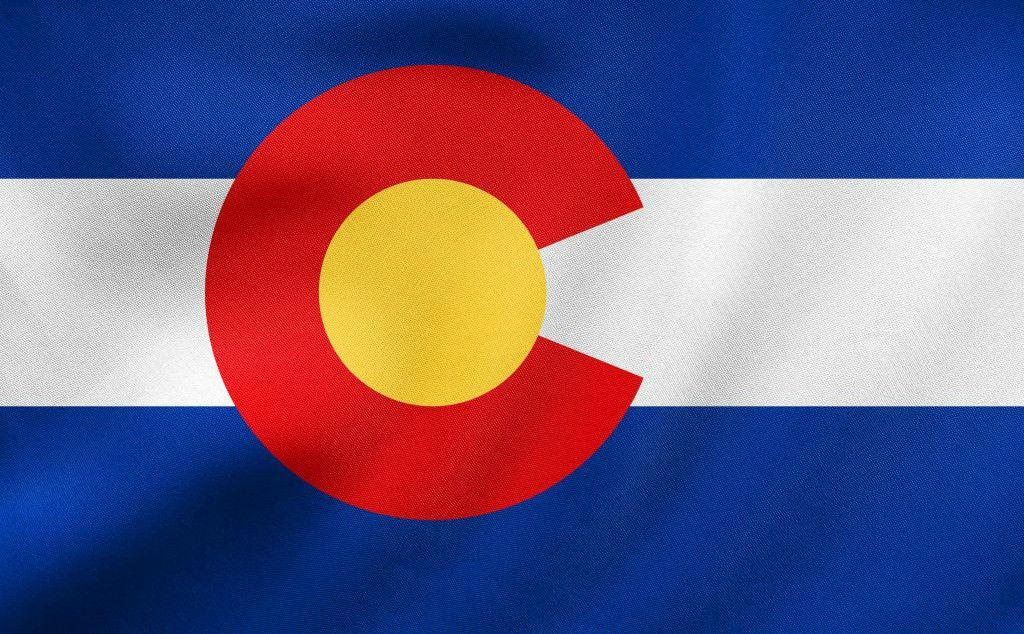A new study of the economics of Oregon’s recreational cannabis industry shows the state would nearly double its cannabis supply if regulators approved all pending producer applications, which could potentially strain an already glutted market.
Oregon’s market has struggled with oversupply issues, driving prices down for adult-use cannabis growers and attracting pressure from federal regulators concerned about diversion of cannabis out of state.
The study, released Wednesday, suggests the oversupply situation is unlikely to change anytime soon.
The report comes as state regulators and policymakers have raised the idea of imposing caps on the number of business licenses and curbing – or even reducing – canopy size limits for growers.
- Between July 2017 and June 2018, recreational cannabis demand represented 50% of supply; the other 50% remained accounted for in recreational licensees’ inventory and contained within the recreational system.
- Licensed recreational producers harvested more than 2,000 metric tons of wet, untrimmed marijuana in 2018; if all currently pending producer applications were approved, estimated production would increase to nearly 4,000 metric tons of wet weight.
- As of Jan. 1, 2019, the recreational market has 6½ years worth of theoretical supply in licensees’ inventory accounted for and contained within Oregon’s cannabis tracking system.
- An estimated 55% of total statewide marijuana consumption among Oregonians 21 or older is procured from recreational cannabis retailers versus the black market. Based on existing levels of production, all consumption of marijuana among Oregon adults could be supplied by the legal market.
- Increased supply has resulted in consumer prices falling from more than $10 per gram of marijuana in October 2016 to less than $5 per gram in December 2018. Despite those falling prices, the overall sales have continued to increase year-over-year, rising nearly 16% between December 2017 and December 2018.
The report also notes that “even under assumptions of growth in demand caused by more Oregonians consuming more marijuana, supply will almost certainly continue to exceed demand at current levels of production.”





